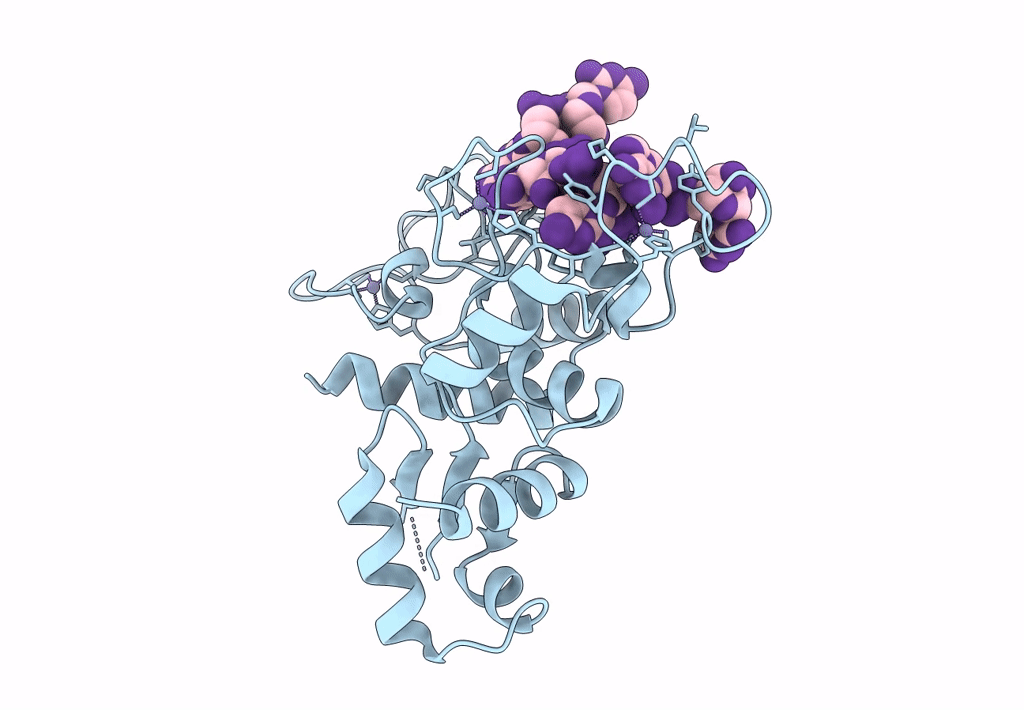
Deposition Date
2019-09-30
Release Date
2020-01-01
Last Version Date
2023-11-22
Entry Detail
PDB ID:
6L1W
Keywords:
Title:
Zinc-finger Antiviral Protein (ZAP) bound to RNA
Biological Source:
Source Organism:
Mus musculus (Taxon ID: 10090)
Virus-associated RNAs (Taxon ID: 1425366)
Virus-associated RNAs (Taxon ID: 1425366)
Host Organism:
Method Details:
Experimental Method:
Resolution:
2.19 Å
R-Value Free:
0.24
R-Value Work:
0.20
R-Value Observed:
0.20
Space Group:
P 21 21 21


